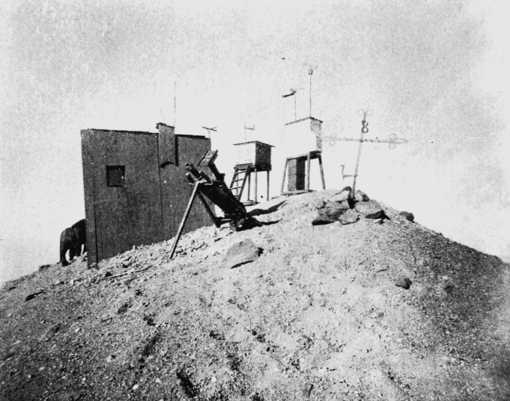fails to record stars which will appear when an exposure of five or six hours is used. For the comparatively bright stars, the number increases approximately by the ratio three for each magnitude. For example, there are about three times as many stars of the second magnitude as of the first, and three times as many of the third magnitude as of the second. There are indications, however, that this ratio is not kept up for the fainter stars, that is, there are not three times as many stars of the sixteenth as of the fifteenth magnitude. No limit to the universe has yet been reached, however. With the Bruce telescope stars can be photographed too faint for vision in the greatest
telescopes of our day; but increase in exposure always brings out new and fainter stars, until the practical limit of the exposure is reached in the fogging of the plate by the diffused light of the sky. The longest exposure yet made in this observatory was with the Cooke lens, an exposure of twenty-four hours, on four different nights. Such an exposure in such an instrument brings out with great perfection the wonderful beauty of the cloud-forms of the Milky Way.
Since the establishment of the Peruvian station, meteorology has formed an important, though subordinate, part of the work. For about ten years a line of auxiliary stations was maintained, reaching from the Pacific across the Andes to the low country on the upper waters of the Amazon. The culmination of this series was the station

